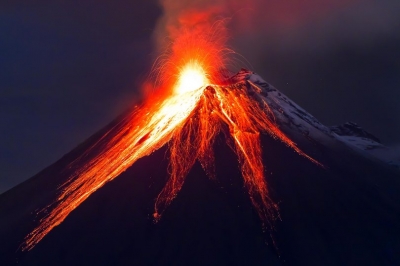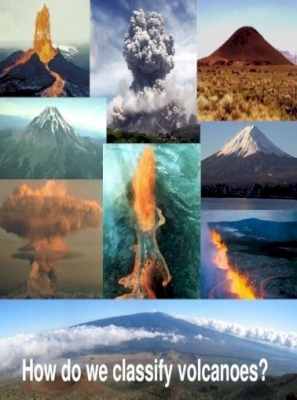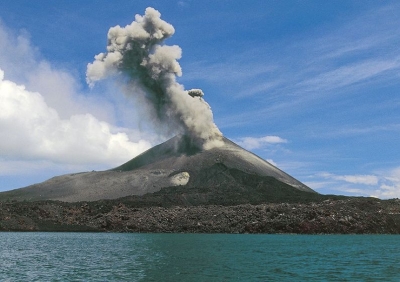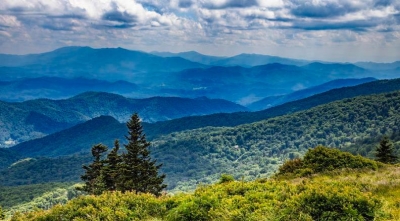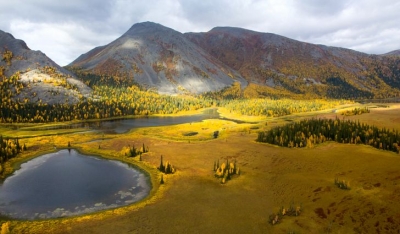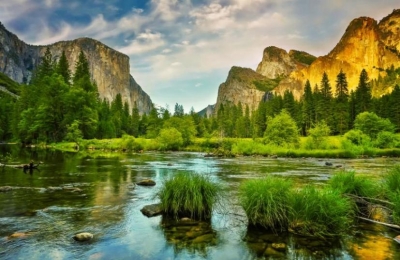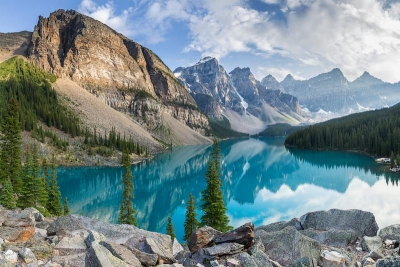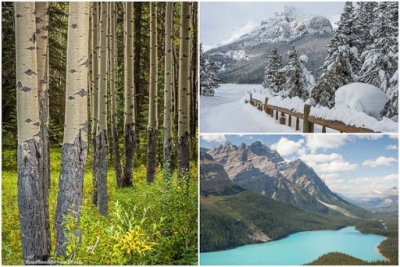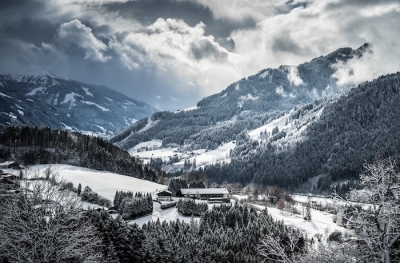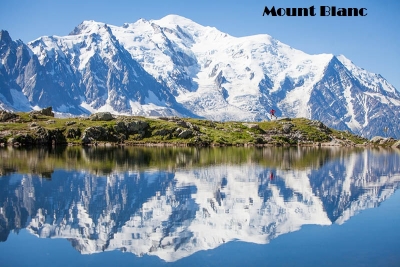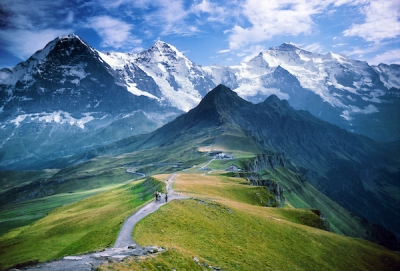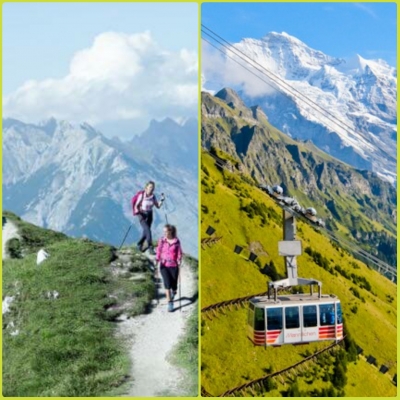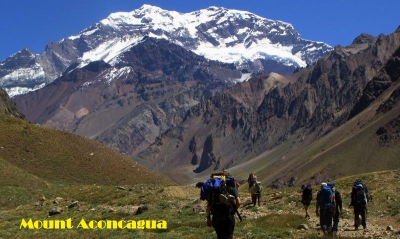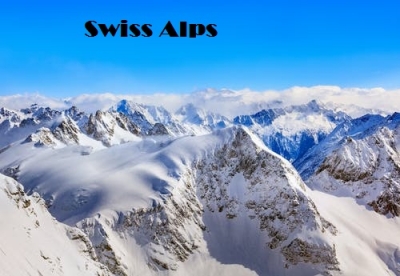Which is the world’s largest, active volcano?
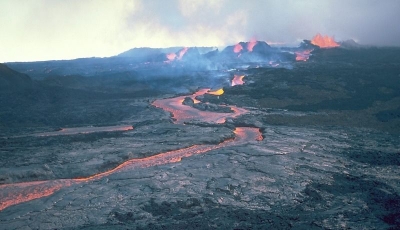
Mauna Loa is not only the world’s largest active volcano; it is also one of the tallest mountains on Earth! It originates deep beneath the Pacific Ocean and rises to more than 9,170 m from base to peak. This is higher than Mt. Everest, which is only 8,848 m.
Mauna Loa is one of the five volcanoes that form the island of Hawaii. It is an active shield volcano and the largest subaerial volcano both in mass and volume on Earth. It is a gently sloping mountain that takes up almost half of the land area of the island of Hawaii. It was created by a large number of fluid lava flows. Its dome is 120 km long and 103 km wide.
Mauna Loa has erupted 33 times since 1843 but has not seen any eruptions since 1984. However, since March 2021, a series of small earthquakes have been recorded under Mauna Loa, indicating that perhaps this dormant volcano is waking up.
Picture Credit : Google
